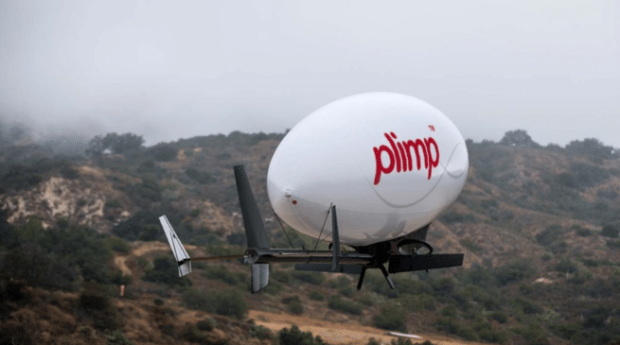
Breaking News
DRINK 1 CUP Before Bed for a Smaller Waist
 Nano-magnets may defeat bone cancer and help you heal
Nano-magnets may defeat bone cancer and help you heal
 Dan Bongino Officially Leaves FBI After One-Year Tenure, Says Time at the Bureau Was...
Dan Bongino Officially Leaves FBI After One-Year Tenure, Says Time at the Bureau Was...
 WATCH: Maduro Speaks as He's Perp Walked Through DEA Headquarters in New York
WATCH: Maduro Speaks as He's Perp Walked Through DEA Headquarters in New York
Top Tech News
 Laser weapons go mobile on US Army small vehicles
Laser weapons go mobile on US Army small vehicles
 EngineAI T800: Born to Disrupt! #EngineAI #robotics #newtechnology #newproduct
EngineAI T800: Born to Disrupt! #EngineAI #robotics #newtechnology #newproduct
 This Silicon Anode Breakthrough Could Mark A Turning Point For EV Batteries [Update]
This Silicon Anode Breakthrough Could Mark A Turning Point For EV Batteries [Update]
 Travel gadget promises to dry and iron your clothes – totally hands-free
Travel gadget promises to dry and iron your clothes – totally hands-free
 Perfect Aircrete, Kitchen Ingredients.
Perfect Aircrete, Kitchen Ingredients.
 Futuristic pixel-raising display lets you feel what's onscreen
Futuristic pixel-raising display lets you feel what's onscreen
 Cutting-Edge Facility Generates Pure Water and Hydrogen Fuel from Seawater for Mere Pennies
Cutting-Edge Facility Generates Pure Water and Hydrogen Fuel from Seawater for Mere Pennies
 This tiny dev board is packed with features for ambitious makers
This tiny dev board is packed with features for ambitious makers
 Scientists Discover Gel to Regrow Tooth Enamel
Scientists Discover Gel to Regrow Tooth Enamel
 Vitamin C and Dandelion Root Killing Cancer Cells -- as Former CDC Director Calls for COVID-19...
Vitamin C and Dandelion Root Killing Cancer Cells -- as Former CDC Director Calls for COVID-19...
The Plimp is a plane-blimp mashup that promises safe air transport

In 1908, five years after the Wright Brothers first flight at Kitty Hawk, U.S. Army Lieutenant Thomas Etholen Selfridge earned the dubious distinction as the first person to die in an airplane crash. In fact, the early years of aviation are littered with bodies. Last week, a pair of brothers in Washington state debuted an aircraft they see as the answer to the long-sought dream of perfectly safe flight. With a rigid, winged body held underneath a massive helium-containing envelope, their craft is billed as a fusion of both airplane and blimp technology. It is called "Plimp."
Egan Airships, the company formed by twin brothers James and Joel Egan, debuted their Plimp at the InterDrone exposition earlier this month. The first model is unmanned, making it a plane blimp drone, built within FAA limits. Because half of the weight of the vehicle is offset by the helium envelope (the big, blimp-like pouch on the top of the vehicle), the craft is larger than a typical drone: 28 feet long, and 7 feet in diameter.



